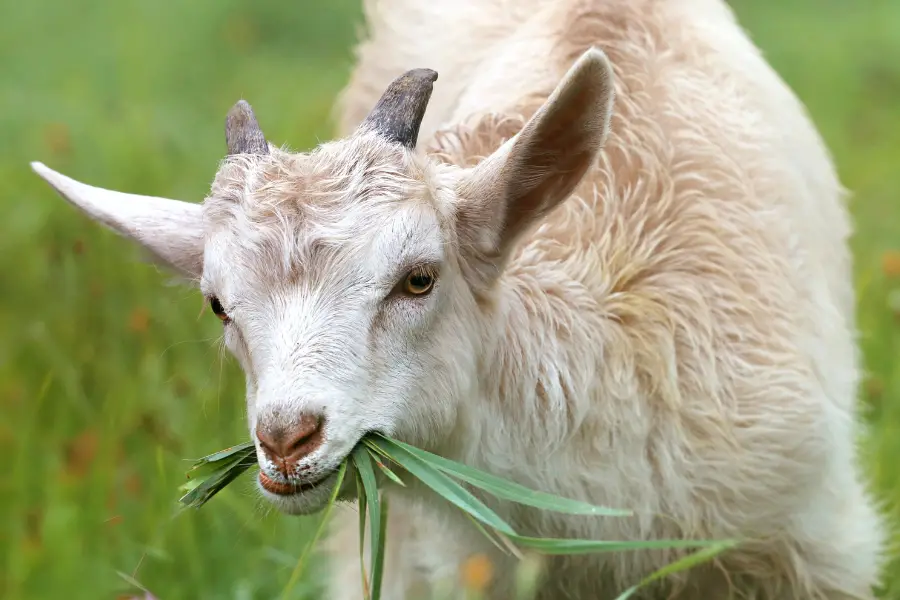
Do Goats Know What Not to Eat: A Comprehensive Guide on Their Dietary Selection
Goats may not instinctively avoid toxic plants, making it essential for caretakers to provide a safe and healthy diet.
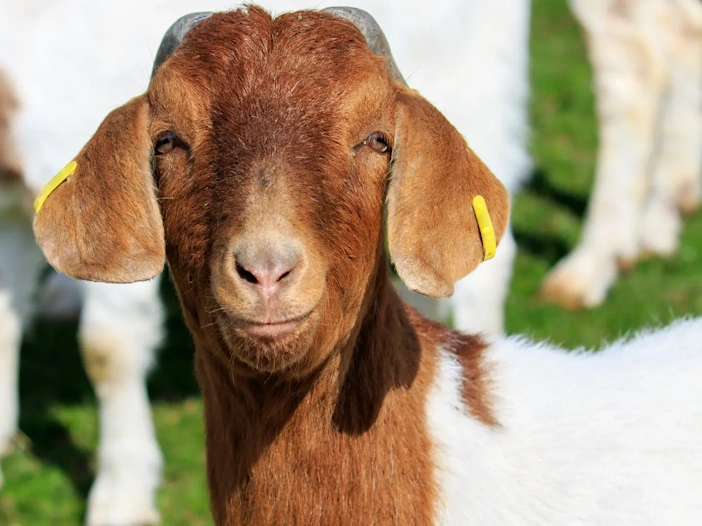
Read our FREE Boer Goat Profits Guide
Did you know we used to charge $47 for the Guide?
Now, you can read it for FREE right on our website.
No sign in or email required!
I’ve been raising goats for nearly 20 years now. Over those years, I accumulated a lot of information about goats and what works and what doesn’t.
I started this site to share as much information as I can about these fascinating little critters called Boer goats.
I hope you get some good information here. And if you want to drop me a line, you can do so here.
To farming profits,


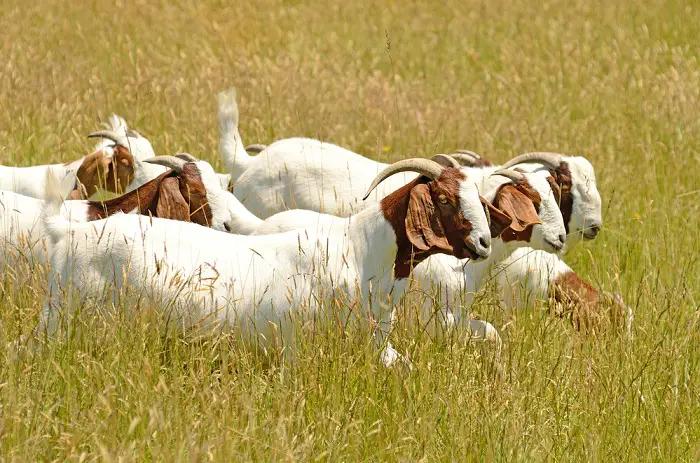
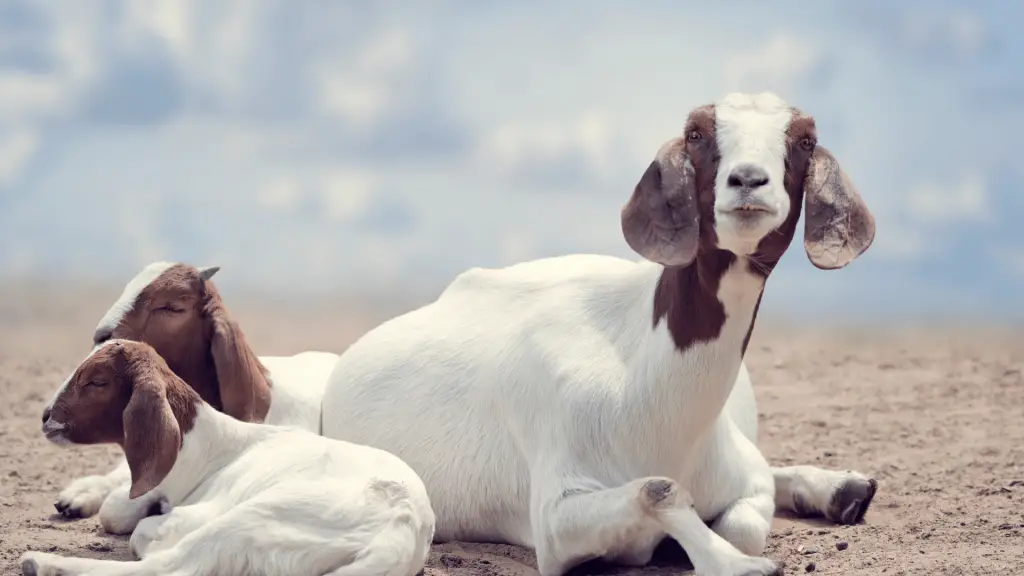


Goats may not instinctively avoid toxic plants, making it essential for caretakers to provide a safe and healthy diet.
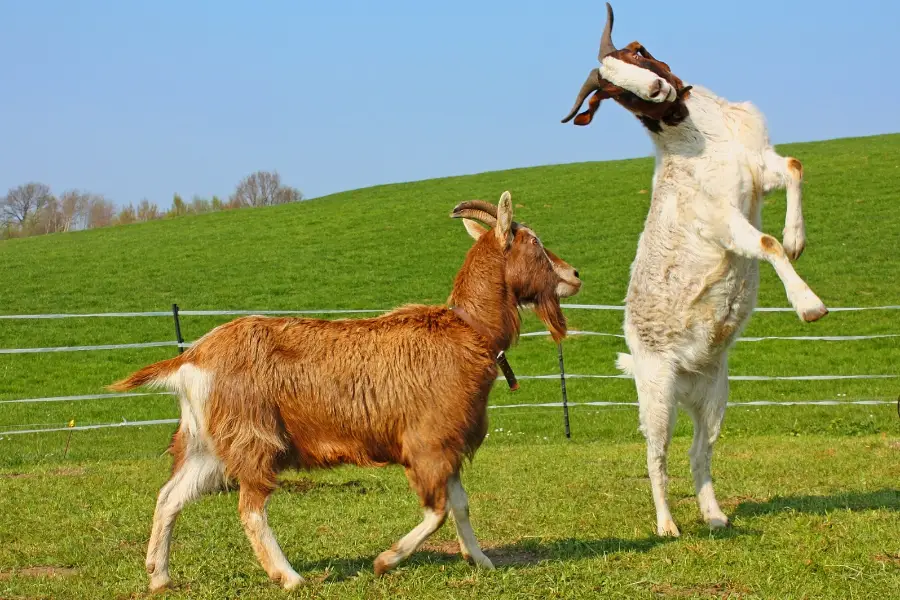
It can be challenging for goat owners to identify if goats are fighting or simply playing with one another.
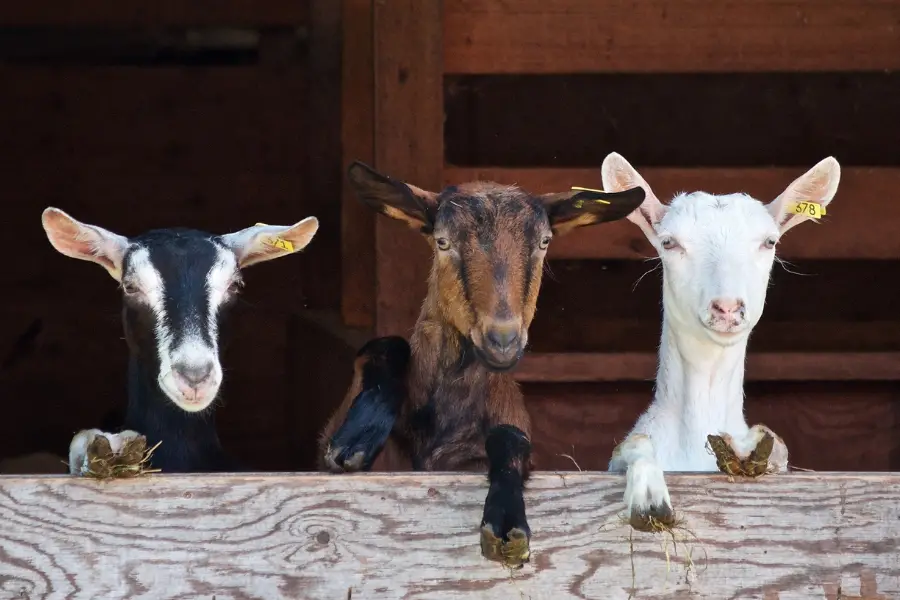
Owning wether goats offers several advantages, including their long lifespan, low maintenance requirements, suitability for training and community outreach programs.
Hope you find my website a helpful resource, and that you will enjoy raising Boer Goats as much as I do! Click the below to find the complete list of articles we offer.